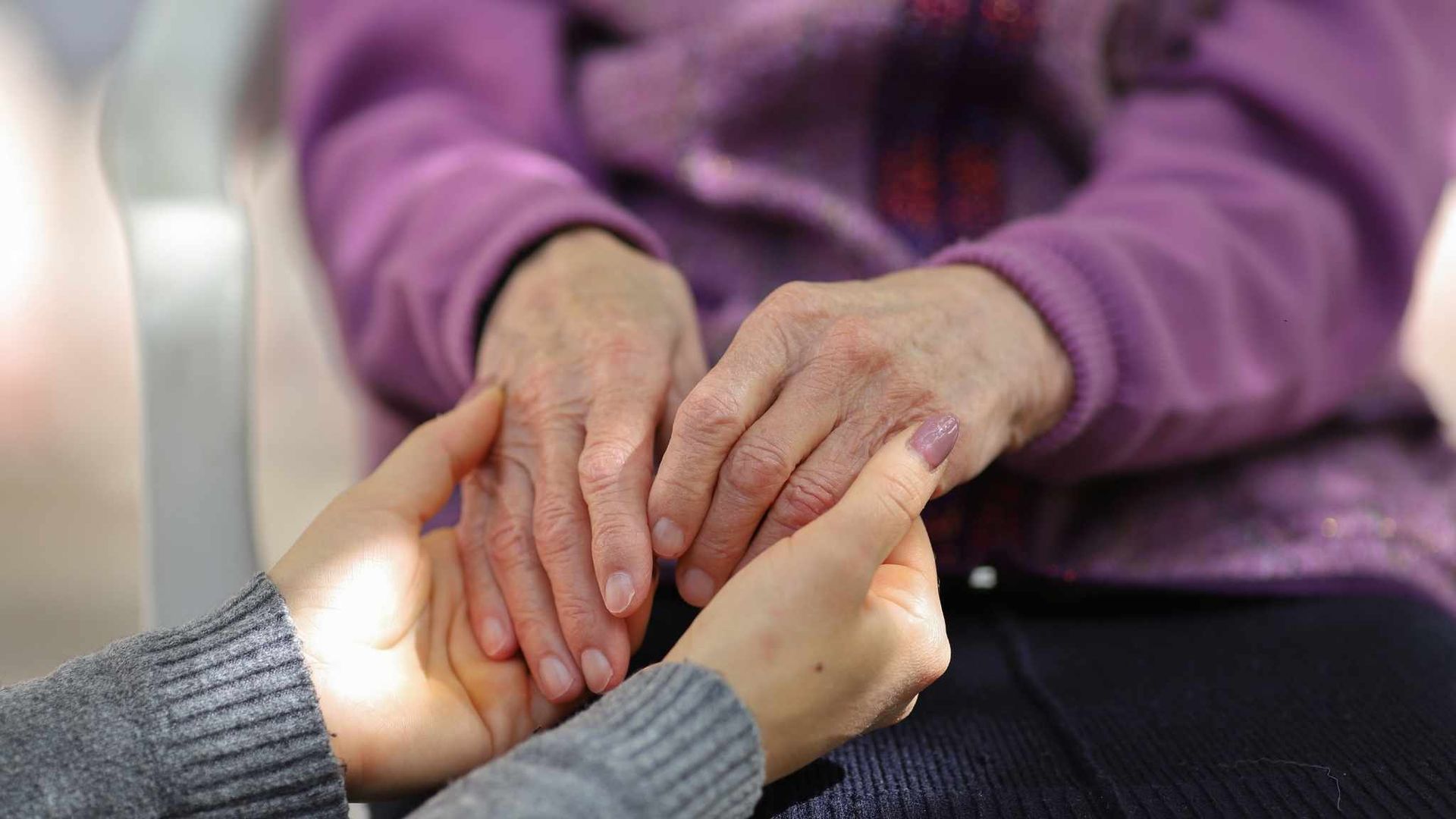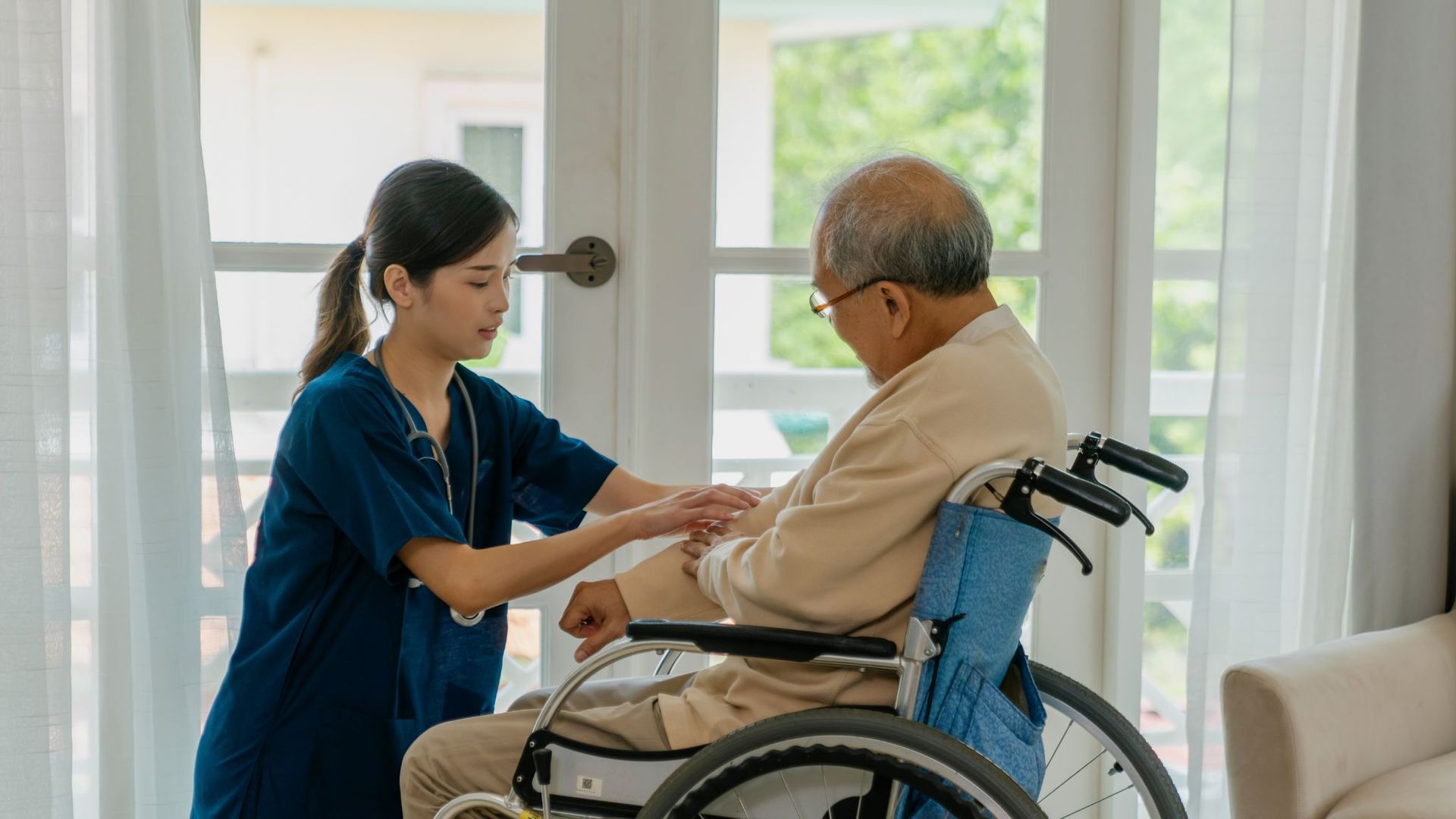Can Hospice Be Done at Home?
Many people nearing the end of life want to spend their final days at home. It’s familiar, comforting, and where they feel safest.
That’s why one of the most common questions families ask is: Can hospice be done at home?
Let's take a look into it.
What Is Home Hospice Care?
Home hospice care is when a person receives medical and emotional support in the place they live. This might be their own house, an apartment, or even a family member's home. The goal is to provide comfort and dignity in a familiar place, rather than a hospital or external facility.
This type of care usually includes:
- Scheduled visits from a nurse or aide
- Help with managing medications
- Support with symptom relief
- Medical equipment delivery to the home
What makes hospice care different from other care is its focus. The goal of hospice care is not to treat the illness but to ease the discomfort and support the quality of life of the patient. That means care is centered on making the person feel as well as possible during a very personal stage of their life.
So, Can Hospice Be Done at Home?
The short answer is: yes, it can. Hospice is often provided in the patient’s own home. In fact, hospice at home is the most common type of hospice care in the United States. The majority of patients who are under hospice programs in the U.S. get end-of-life care at home, according to recent national data.
Choosing hospice care that is often nurse-led and team-based significantly reduces patient anxiety and improves emotional well-being, allowing patients to stay in a familiar setting while receiving medical support, pain management, and emotional care.
Who Is Eligible for Hospice at Home?
Hospice care at home is made for people who meet specific medical criteria and have made the decision to shift their focus from treatment to comfort.
According to Medicare, a person must meet these criteria to qualify for home hospice services:
- Have a terminal illness
- Have a life expectancy of 7 months or less
- No longer be seeking treatments to cure your illness
- Choose comfort-focused care
These must be certified by a doctor and hospice team to confirm the patient's eligibility. Together, your hospice care team reviews your loved one's condition and decides if home hospice is the right step.
If eligible, Medicare typically covers hospice care in your home or other residence, like a nursing home. Many Medicaid programs and private insurance plans also include coverage for in-home hospice services.
How Does Hospice Work at Home?
Hospice at home is built around a team approach. Care is usually provided by a hospice group that includes:
- Nurse. The nurse manages symptoms, monitors the patient's condition, and guides the family on safely providing hands-on care.
- Hospice aide. The aide assists with personal tasks like bathing, dressing, and other hygiene needs.
- Social Worker. The social worker provides emotional support, counseling, helps with care planning, and connects the families to helpful resources.
- Chaplain. The chaplain offers spiritual support in whatever form feels appropriate to the patient and their loved ones, respecting their individual beliefs.
Visits from nurses and aides are scheduled based on the patient's current condition. Hospice team members do not stay full-time, so family caregivers play a large role in the day-to-day care of the patient. Family members often take care of the meals, hygiene, overnight care, and other tasks that keep their loved one comfortable.
The hospice team is usually available by phone at all times. Most hospice programs offer 24/7 access in case of urgent needs or emergency support.
What Are the Benefits of Hospice at Home?
Many families choose hospice at home because it offers things hospitals often can't: comfort, familiarity, and a sense of control. Being in a familiar space allows patients to stay close to the people they love, continue old routines, and stay in a quiet environment with few disruptions.
For many, this setting brings a deep sense of peace and comfort. One study shows that nearly 46% of hospice patients experienced moderate to severe anxiety in the last week of life, based on caregiver assessments using the Edmonton Symptom Assessment Scale. That’s why care that emphasizes emotional well-being, like home hospice, is so important.
The comfort of being at home often makes a difficult time feel more manageable and more personal for their loved ones.
Is Home Hospice Right for Your Family?
Deciding on home hospice care involves more than just personal preferences. Families may want to ask themselves a few important questions before making a decision, such as:
- Is there a family caregiver available to provide daily care?
- Are family members emotionally and physically prepared for caregiving responsibilities?
- Does the patient have specific wishes about where they want to spend their final days?
- Does the patient feel more at ease in their own space?
- Is the home safe and accessible for care delivery?
These questions can help families reflect on what kind of support they'll need and what environment is best for their loved one. It's always a good idea to talk with your doctor or hospice coordinator to plan for the patient's care plan in advance. They can walk you through the options and help decide if home hospice care is the right fit.
Taking the First Step for Comfort
For families, in-home hospice services can offer a meaningful way to honor a loved one's wishes and give them comfort in a familiar environment. Home becomes a space for connection, reflection, and presence during life's final chapter.
So, can hospice be done at home? Yes, it definitely can. And with the right team, it can be a deeply supportive and healing experience for everyone involved.
At Olympia Hospice Care, we can help you understand your options, answer your questions, and guide you through what to expect with in-home hospice services. Our team is ready to provide clarity, empathy, and meaningful advice every step of the way.
Let us help you take the first step toward comfort, peace, and care that truly honors your loved one.










